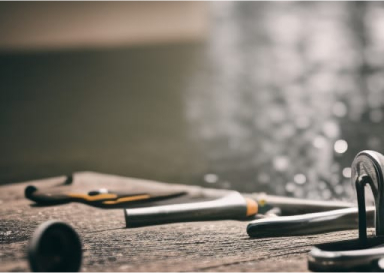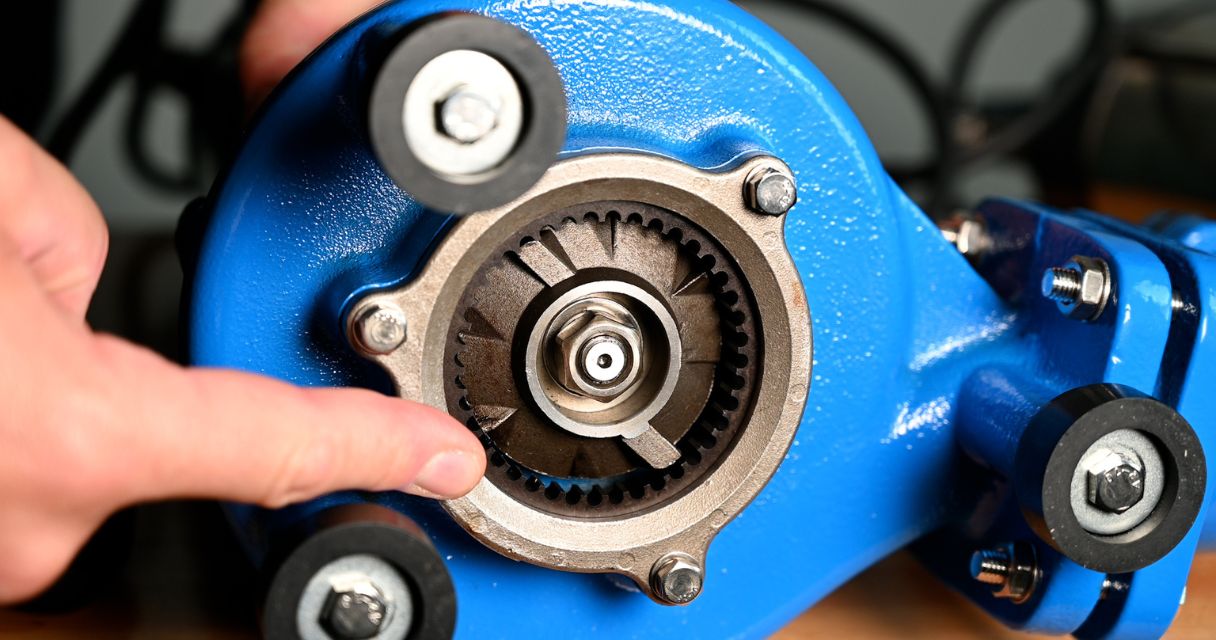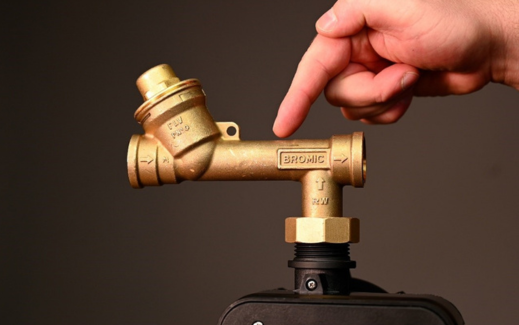Portability: Lightweight and compact, gas torches can be easily transported and used in various locations. This makes them ideal for both indoor and outdoor tasks.
Versatility: Suitable for a wide range of applications, including soldering, brazing, heating, cooking, and even paint stripping.
High Heat Output: Gas torches deliver intense heat that can quickly reach the temperatures needed for demanding tasks like welding and metal cutting.
Precise Control: Features like adjustable flame settings and pencil flames allow for meticulous work on delicate projects requiring high levels of accuracy.
Ease of Use: Many gas torches include user-friendly features such as piezo ignition systems, ergonomic handles, and run-lock buttons for finger-free operation, enhancing convenience and safety.




